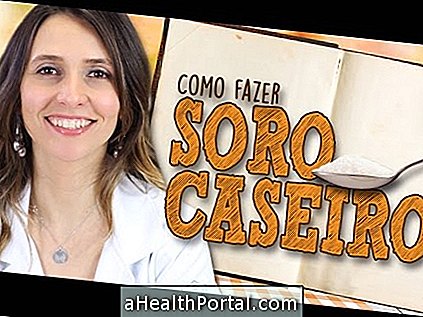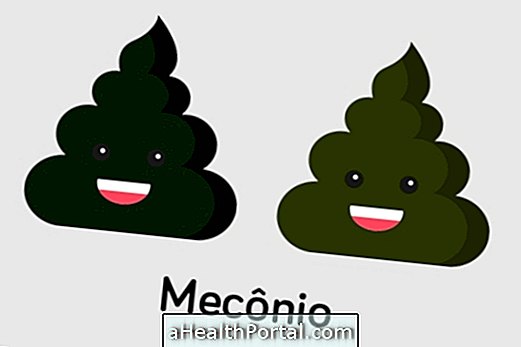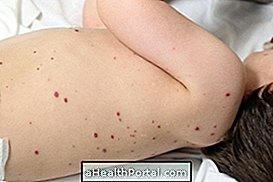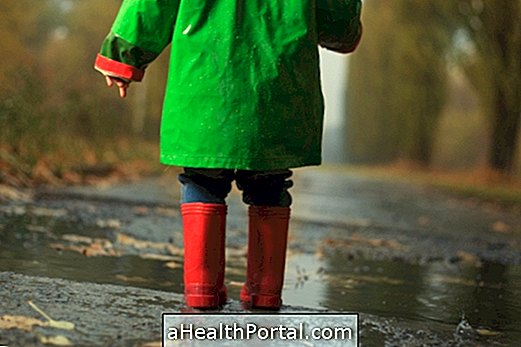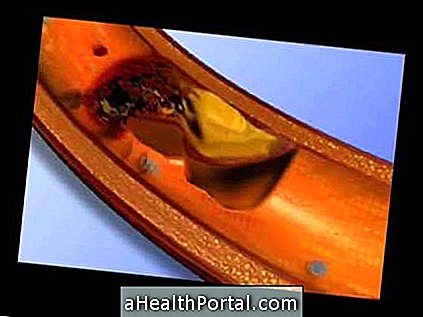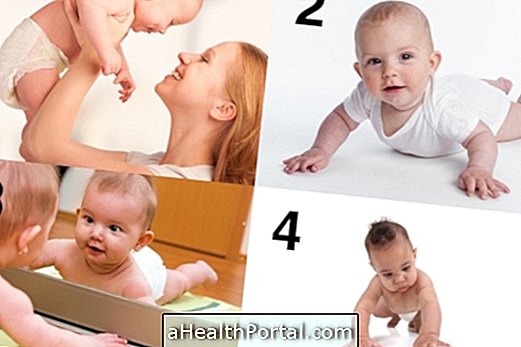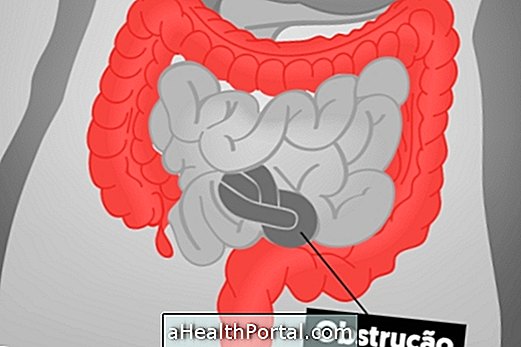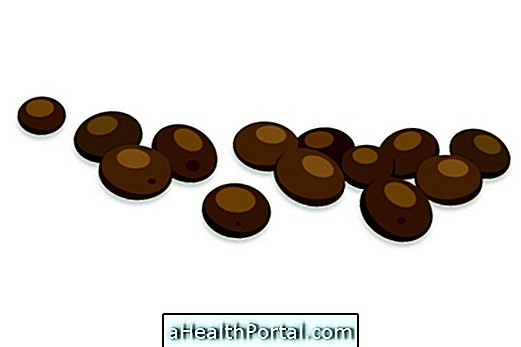Infant roseola, also known as a sudden rash, is a contagious disease that mainly affects infants and children, from 3 months to 2 years old, and causes symptoms such as sudden high fever, which can reach 40ºC, decreased appetite and irritability, which last about 3 to 4 days, followed by small pink spots on the child's skin, especially on the trunk, neck and arms, which may or may not itch.
This infection is caused by some types of viruses that are from the herpes family, such as human herpes virus types 6 and 7, echovirus 16, adenovirus, among others, which are transmitted through droplets of saliva. Thus, despite not catching the virus more than once, it is possible to acquire roséola more than once if the child is infected by a virus different from the other times.
Although it causes uncomfortable symptoms, roseola usually develops benignly, without complications, and heals itself. However, your pediatrician may direct a treatment to relieve your child's symptoms, such as antihistamine ointments, to relieve itching, or Paracetamol to control fever, for example.
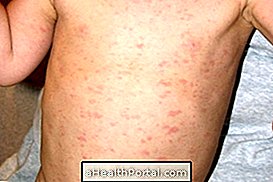

Main symptoms
The roséola infantil has a duration of about 7 days, and presents symptoms that arise in the following order:
- Sudden onset of high fever, at 38 to 40 ° C, for about 3 to 4 days;
- Decrease or disappearance of fever suddenly;
- The appearance of spots on the skin, reddish or pink, mainly on the trunk, neck and arms, which last about 2 to 5 days and disappear without flaking or change the color.
The spots on the skin may be accompanied by itching or not. Other symptoms that may appear in roseola include loss of appetite, cough, runny nose, red throat, body aches or diarrhea.
To confirm the diagnosis of rosacea, it is very important to go through the evaluation of the pediatrician, who will evaluate the child's symptoms and, if necessary, ask for tests that can confirm because there are several situations that cause fever and red spots on the child. Check out what are the main causes of red spot on the baby.
How Transmission Happens
Infant roseola is transmitted through contact with the saliva of another infected child through speech, kissing, coughing, sneezing or toys contaminated with saliva and can be transmitted even before the skin spots appear. The symptoms usually appear after 5 to 15 days of the contagion, period in which the virus installs and multiplies.
This infection is not usually transmitted to adults because most individuals have defenses to roseola, even if they have never had the disease, but it is possible for an adult to get roseola if their immune system is weakened. In addition, it is rare for the pregnant woman to become contaminated with the roseola virus and to be able to develop the disease during pregnancy, but even if it becomes contaminated, there are no complications for the fetus.

How is the treatment done?
The roséola infantil has a benign evolution, because it usually evolves to cure naturally. The treatment is guided by the pediatrician, and consists of controlling the symptoms of the disease, especially the use of Paracetamol or Dipirone to reduce fever and thus prevent febrile seizures.
In addition to the remedies, some measures that may help control fever are:
- Dress the child in light clothes;
- Avoid blankets and blankets, even if it is winter;
- Give baths in the child only with water and slightly warm temperature;
- Put a wet cloth in fresh water on the child's forehead for a few minutes and also in the armpits.
When following these guidelines, the fever should subside a little without having to use medicines, but you should check if the child has a fever several times a day. While the child is ill, it is advised not to attend the nursery or be in contact with other children.
In addition, another option to help supplement treatment and decrease fever is ash tea, as it has antipyretic properties. Learn the recipe in Homemade remedy for infant roseola.
